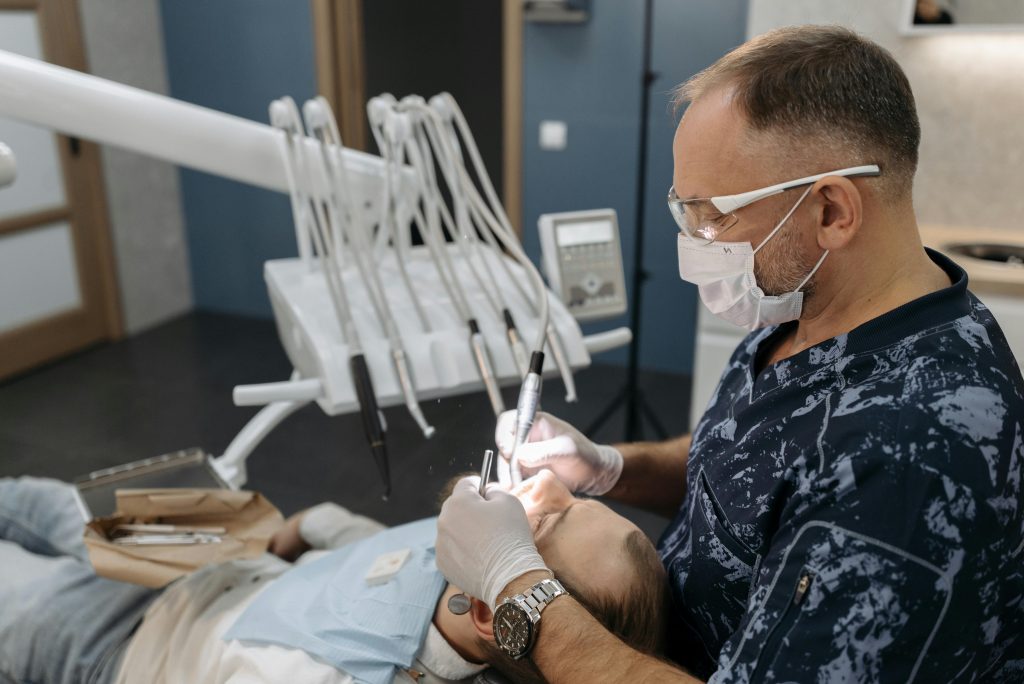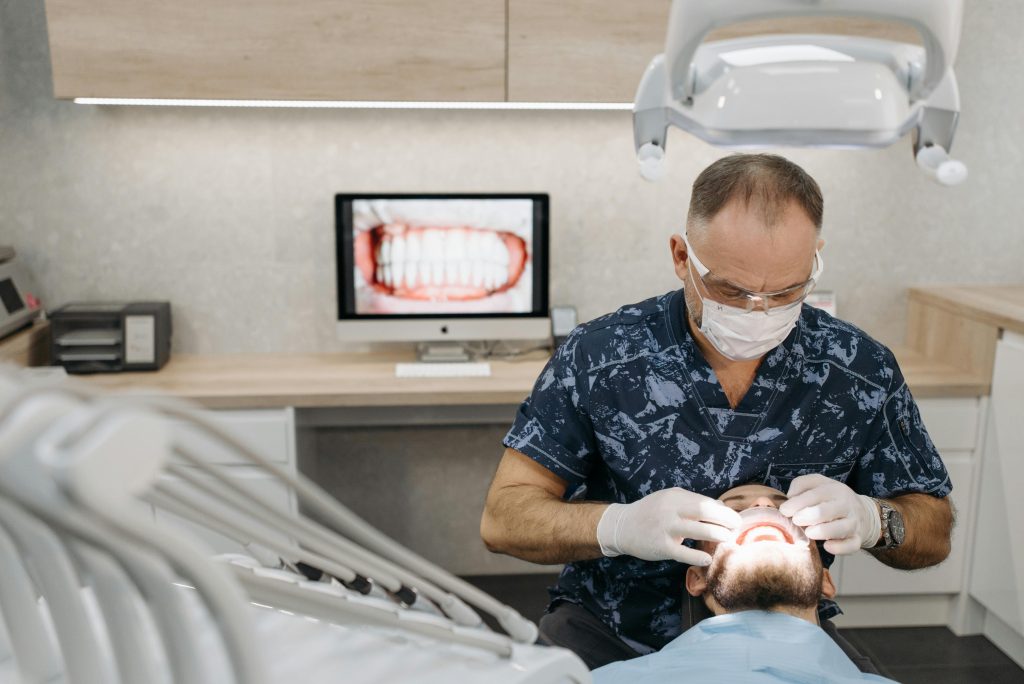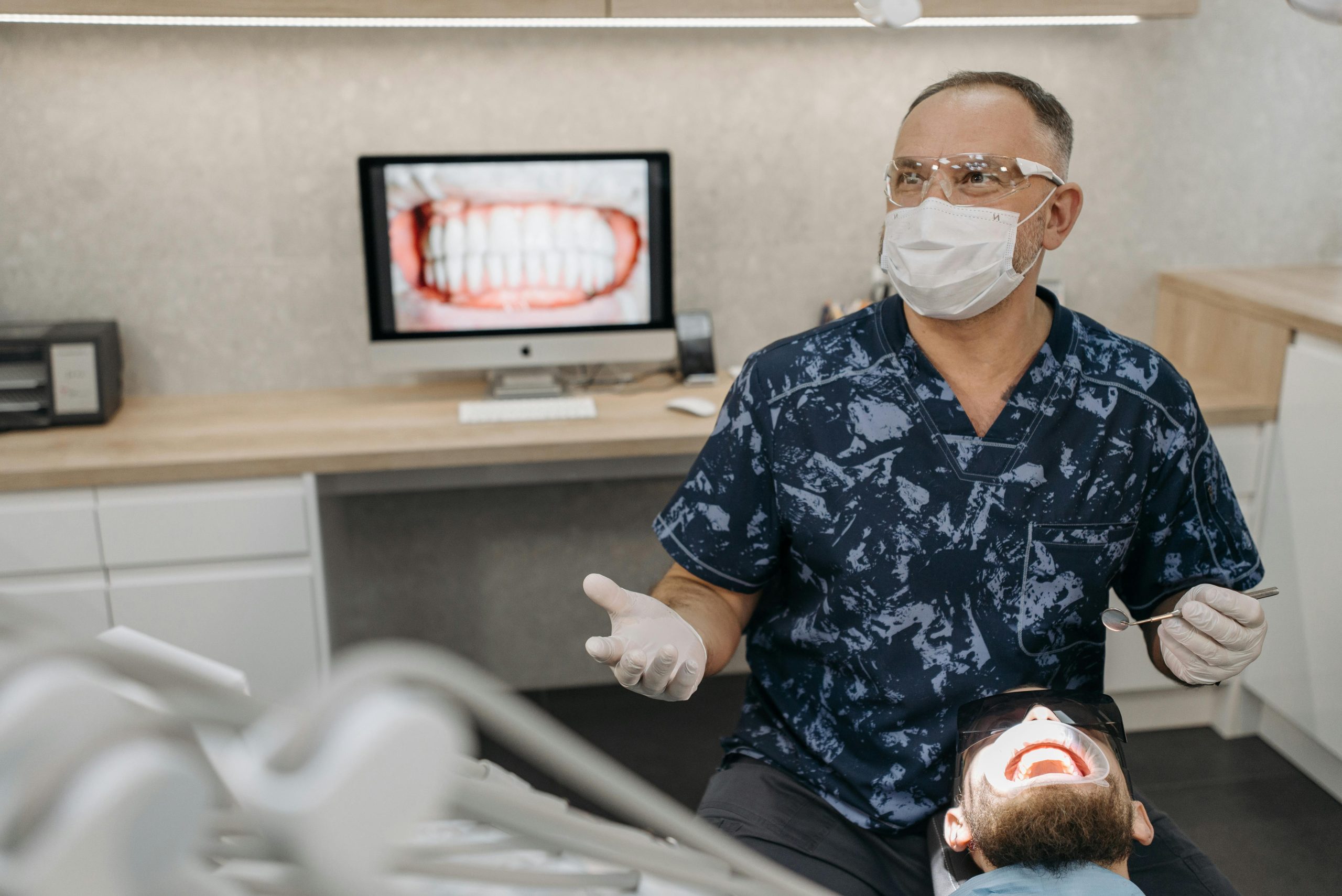Treatments
Orthodontist Specialist in Lahore
The importance of braces is no secret. Braces are very familiar to most people, especially during the teenage years. Dental braces have been around for many years to correct teeth and jaws and help achieve a straight and attractive smile. They are typically used byorthodontist specialist, who have extra post-graduate training, specifically in orthodontic treatments.
Braces can straighten, align and position teeth. Most people get braces in their early teenage years, but it’s now becoming more common for adults to get braces too. Modern materials have made having braces much more comfortable and attractive than in the past. This has contributed to the increase in the popularity of getting braces.
Overview
Your specialist orthodontist will recommend the best option for you, after assessing your teeth. Your treatment options vary from braces, to retainers, to Invisalign clear aligners treatments and more, for both adults and children.
Braces
Braces are the more traditional device used to straighten your teeth. There’s a range of different braces options available.


Fixed braces
These are the more traditional and common type of braces. Small brackets are bonded to the front of the teeth surfaces and a wire is run through them and held in place with a small coloured elastic band. You can have either plastic or metal brackets.
Invisalign Clear Aligners
Invisalign clear aligners treatment involves wearing a series of clear thin aligners, which are a bit like a very thin mouthguard, or tray. Each aligner is worn for two weeks and then the next one in the series is used. Because they are removable, they can be taken out for eating, drinking and sport.
Education
Braces have been around for thousands of years. They were first invented in the early 1800s and have changed dramatically since then. They’re used to fix crooked teeth by straightening them to help you achieve that perfect straight smile, for life.
Apart from making your teeth look great, there are also many important functional reasons for straightening teeth:
- Crowded and crooked teeth are hard to clean which can, in turn, cause a range of problems in the future
- Too much space between the teeth, caused by the jaw being too big for the teeth or missing teeth
- If the upper and lower jaws are misaligned or there’s an underbite or overbite
You could also consult a orthodontist specialist in Lahore if you notice other problems such as difficulty chewing or biting, if your child complains of a clicking jaw, tooth grinding or clenching, speech difficulties and breathing through the mouth instead of the nose.

You Need To Know
Appointments
- Regular appointments are needed every 6 to 8 weeks while you have braces
- The first consultation visit will include exams, x-rays, photographs and potentially moulds
- The next visit is where your braces are glued onto your teeth surfaces
- Once your braces are on, the wires will be adjusted every 6 to 8 weeks to make sure your teeth are moving into the correct position
- Once your braces have done their job they are removed
- You will likely continue to have regular appointments after the removal of your braces to check your progress
- Additional appointments may be needed if you have problems with your braces
How long it takes
The total length of time braces are on for depends on the person.. On average braces will be on for 2 years, in some cases this will be shorter or longer.
- How long you have braces on for depends on your teeth and situation
- On average braces will be on for 2 years, although in some cases this can be shorter or longer
- The consultation visit will usually take around 60 minutes
- Getting your braces will usually take around 60 minutes
- The regular 6 to 8 week appointments usually take around 15 to 30 minutes
- Removal of your braces will usually take at least 60 minutes
Before your appointment
- No special preparation is needed
- Just call us and book your appointment
After your appointment
- You will need to follow the home care routine recommended by your orthodontist specialist in Lahore
- After your braces are removed, you will need to use the retainer or removable plate custom-made for you
You may be asked about
- Your dental history and medical history
- Your oral health care routine
Quick tip
- Follow the care instructions provided by your orthodontist specialist. Try to avoid overly hard to sticky foods so they don’t get stuck in your braces.
FAQs
01. How much do braces cost?
The cost of braces depends on the type of braces and how long they are on for. Generally the cost relates to the complexity of the treatment and how long they are on for. Many orthodontic practices offer payment terms or other discounts. The practice will advise you about the cost and payment options at your consultation visit.
02. Does it hurt getting braces?
Our specialist orthodontists are highly trained and skilled at making the whole process of getting braces as easy and painless as possible. Getting braces put on isn’t a painful procedure. However, most patients will feel some discomfort or mild pain when the braces are first put on and they get used to having them. When the braces are adjusted, every six to eight weeks, they may also be a bit uncomfortable for a day or two. Getting braces removed is also painless.
03. What age does my child need braces?
Specialist orthodontists usually recommend your child has their first visit at around seven years old, or when their adult teeth start coming through. Your orthodontist will assess your child’s teeth and discuss the best treatment process with you. It may be that treatment should be delayed – your orthodontist will guide you as to the likely time-frame and will offer regular check-ups. Some children with a range of issues may require early treatment, have a break, and then start treatment again once more adult teeth are through, or their jaw has grown more. An early assessment enables treatment to start at the optimum time for your child.
04. How long will my child need braces?
The usual treatment time with braces for a teenager is around 24 months. However the duration of treatment can vary from three months for a simple cosmetic correction, through to several years, split into several treatment stages. The duration depends on the growth of the mouth and face, and the severity of the problem.
05. Can you be too old to get braces?
It’s not unusual these days for adults to get braces or other orthodontic treatments. It can be as successful in adults as it is for children. Treatment time may take longer if you are older, as adults have denser bone tissue. If you’re thinking about getting orthodontic treatment, we suggest booking an appointment with a specialist orthodontist. They will be able to assess your teeth and recommend the best treatment option for you.
06. What is a specialist orthodontist?
An orthodontist is a specialist who has completed additional study after completing a four-year dental undergraduate program, an orthodontist typically practices first as a general dentist, before undertaking further post-graduate specialist studies FCPS. After additional full-time study in the field of orthodontics.

